

I am Gurpreet Singh, a seasoned Chief Technology Officer (CTO) and Chief Information Security Officer (CISO) with over 20 years of versatile experience in the technology industry. My expertise spans cloud computing, information security, software development, IT strategy consulting, and leadership. Currently, I serve as the CTO and CISO at DiggFull, where I drive innovation, implement scalable cloud solutions, and ensure robust cybersecurity frameworks for businesses.
Throughout my career, I have worked on diverse projects that involve modernizing IT infrastructure, building secure software solutions, and crafting technology strategies that align with business goals. I have mentored numerous tech professionals and aspiring leaders, fostering a culture of growth and innovation in the teams I've led.
I am deeply committed to sustainable technology practices and am currently pursuing a doctorate in sustainable cloud computing. My goal is to contribute to creating environmentally conscious cloud solutions that are both scalable and efficient.
As a thought leader, I actively share insights on leadership, cybersecurity, and the future of technology through articles and talks. I am passionate about mentoring others and making a meaningful impact in the world by empowering businesses to thrive in the digital age.
Available For: Advising, Authoring, Consulting, Influencing
Travels From: New Delhi
| Gurpreet Singh | Points |
|---|---|
| Academic | 1 |
| Author | 80 |
| Influencer | 22 |
| Speaker | 0 |
| Entrepreneur | 43 |
| Total | 146 |
Points based upon Thinkers360 patent-pending algorithm.
Tags: Cloud, Cybersecurity
Tags: Cloud, Cybersecurity, IT Leadership
Tags: Cloud, Cybersecurity, IT Leadership
Tags: Cloud, Cybersecurity, IT Leadership
 Your SOC Doesn't Need More Alerts; It Needs Fewer Decisions
Your SOC Doesn't Need More Alerts; It Needs Fewer Decisions
Tags: Cloud, Cybersecurity, IT Leadership
 Meet Cybercrime Inc.: They Have a Business Plan to Ruin Yours
Meet Cybercrime Inc.: They Have a Business Plan to Ruin Yours
Tags: Cloud, Cybersecurity, IT Leadership
 Security Isn't a Cost. It's Your Next Product.
Security Isn't a Cost. It's Your Next Product.
Tags: Cloud, Cybersecurity, IT Leadership
Tags: Cloud, Cybersecurity, IT Leadership
 The Digital Ghost in the Machine
The Digital Ghost in the Machine
Tags: Cloud, Cybersecurity, IT Leadership
Tags: Cloud, Cybersecurity, IT Leadership
Tags: Cloud, Cybersecurity, IT Leadership
Tags: Cloud, Cybersecurity, IT Leadership
Tags: Cloud, Cybersecurity, IT Leadership
Tags: Cloud, Cybersecurity, IT Leadership
Tags: Cloud, Cybersecurity, IT Leadership
Tags: Cloud, Cybersecurity, IT Leadership
Tags: Cloud, Cybersecurity, IT Leadership
Tags: Cloud, Cybersecurity, IT Leadership
Tags: Cloud, Cybersecurity, IT Leadership
 Why Are Colleagues Suddenly Disappearing? The Uncomfortable Truth About Ghosting at Work
Why Are Colleagues Suddenly Disappearing? The Uncomfortable Truth About Ghosting at Work
Tags: Cloud, Cybersecurity, IT Leadership
Tags: Cloud, Cybersecurity, IT Leadership
Tags: Cloud, Cybersecurity, IT Leadership
Tags: Cloud, Cybersecurity, IT Leadership
Tags: Cloud, Cybersecurity, IT Leadership
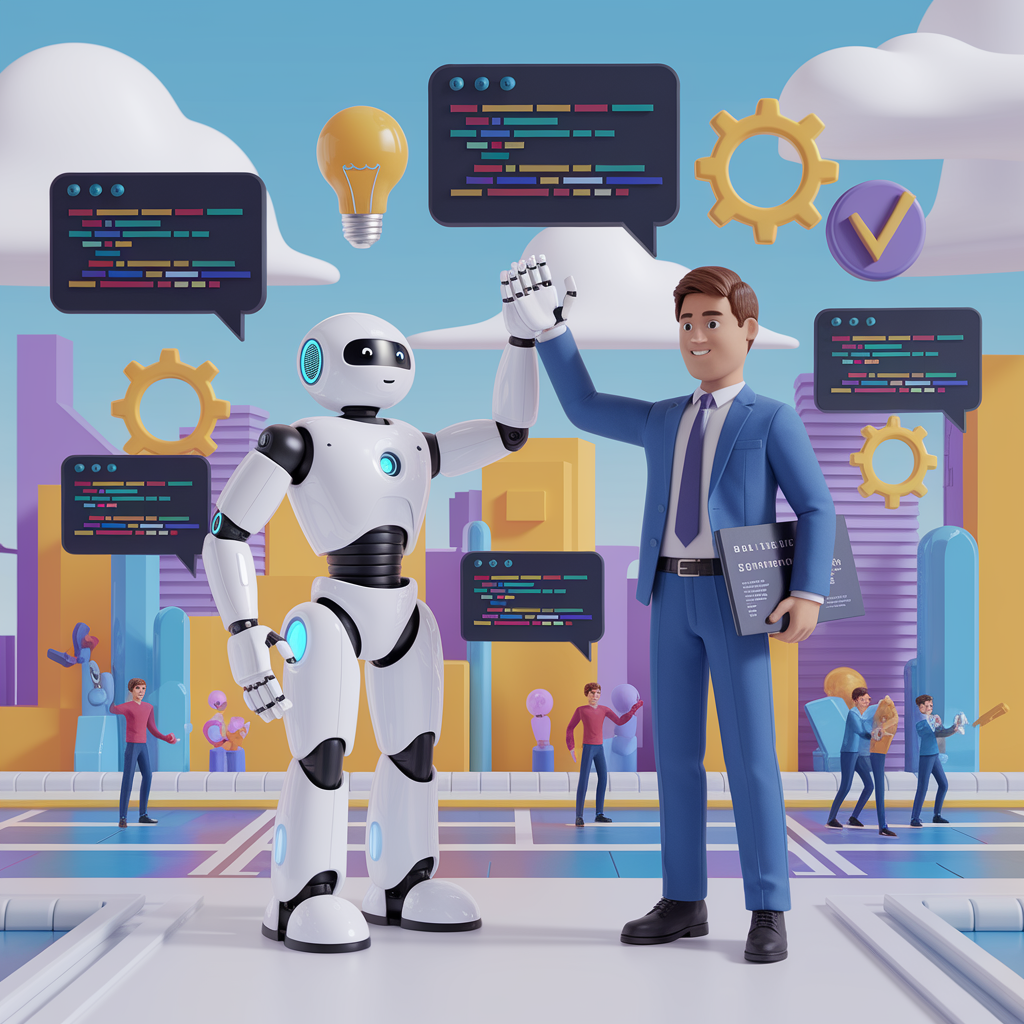 AI Sidekicks & Human Superpowers: How Developers Can Dominate the Age of Copilots
AI Sidekicks & Human Superpowers: How Developers Can Dominate the Age of Copilots
Tags: Cloud, Cybersecurity, IT Leadership
Tags: Cloud, Cybersecurity, IT Leadership
Tags: Cloud, IT Leadership, IT Strategy
 Diggfull
Diggfull
Tags: Cloud, Cybersecurity, IT Leadership
Tags: Cloud, Cybersecurity, IT Strategy
Tags: Cloud, Cybersecurity, IT Leadership
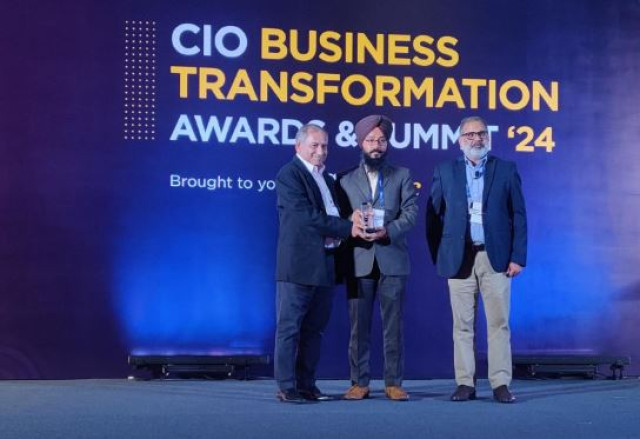 Cloud Pioneer of the Year by ISMG
Cloud Pioneer of the Year by ISMG
Tags: Cloud, Cybersecurity, IT Leadership

Tags: Cloud, Cybersecurity, IT Leadership
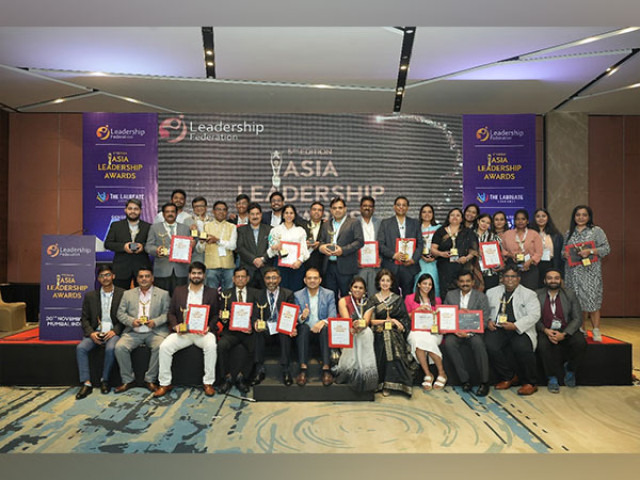 5th Asia Leadership Awards: Celebrating Excellence in Mumbai
5th Asia Leadership Awards: Celebrating Excellence in Mumbai
Tags: Cloud, Cybersecurity
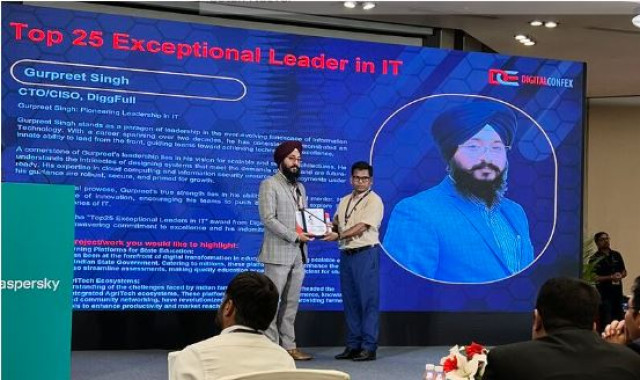 Top 25 Exceptional Leaders in IT
Top 25 Exceptional Leaders in IT
Tags: Cloud, Cybersecurity, IT Leadership
 Magazine 10 Best CTOs in India 2024
Magazine 10 Best CTOs in India 2024
Tags: Cloud, Cybersecurity
 10 Best CTOs in India 2024 Gurpreet Singh
10 Best CTOs in India 2024 Gurpreet Singh
Tags: Cloud, Cybersecurity, IT Leadership
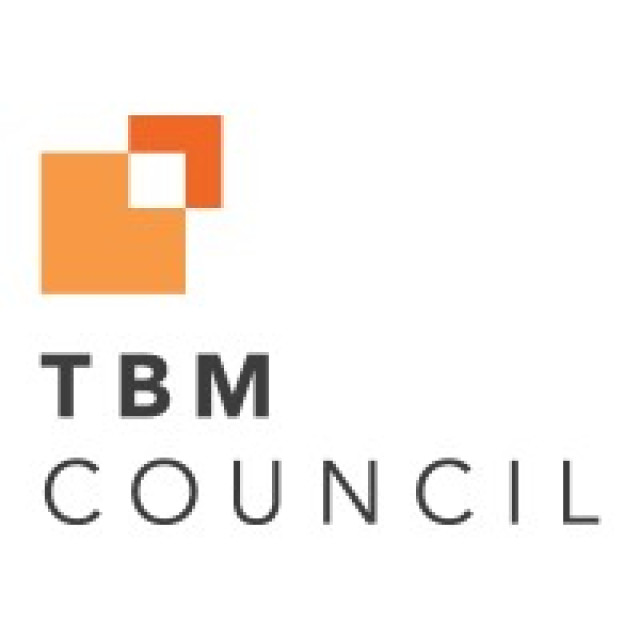 Technology Business Management (TBM) Council
Technology Business Management (TBM) Council
Tags: Cloud, Cybersecurity, IT Leadership
Date : February 17, 2025
Date : February 17, 2025
Date : February 17, 2025
 Captain on the Bridge, Fingers off the Keyboard
Captain on the Bridge, Fingers off the Keyboard
Picture this: Friday evening, release freeze, charts spiking red. Ten years ago you’d yank a chair, crack open Vim, and slog through the night. Today, as CTO, you watch the chaos from a dashboard—and your mouse hovers nowhere near ‘merge’. Does that feel weird? It did for me too, until I learned how to steer storms without grabbing the wheel.
Because growth hides landmines. McKinsey found that poor architectural calls shave up to 14 % off EBITDA in high-growth firms. (Yes, finance sat up when I dropped that stat.) Keep your compass calibrated and you’ll spot trouble before Finance sees the red ink.
That 30-minute ritual keeps me closer to the metal than most execs who lurk only at QBRs.
Last year we took a bet on ARM-based instances. Price/perf looked tasty—until our Java services hit weird GC stalls. We ran a week-long A/B: x86 vs ARM, 4 % CPU variance, no user pain. Savings: about $210 k annually. You better believe I flashed those numbers at the next board meeting. Pride? Oh yeah. More important: the org saw that technical boldness still lives at the top.
• GraphQL gateway – 2.8 × query fan-out drop, dev velocity up 17 % (survey)
• Rust sidecars – trimmed tail latency 22 % on batch jobs
• OpenTelemetry roll-out – cut MTTR from 2 h 14 m to 58 m
Sticking to clear rules keeps the culture consistent even when head-count doubles.
I build small things no one pays for: a TypeScript script to auto-sort my reading list, a AWS CLI that parses cloud bills. Shipping tiny side projects scratches the maker itch and reminds me why I got into tech in the first place.
Last month a client mentioned the iOS app felt “sticky” on poor networks in Nairobi. That single chat kicked off a review of our mobile caching layer and shaved 400 KB off first-launch payload. You can’t spot that from Jenkins logs. Pride hits hard when you turn a casual complaint into a smoother experience for thousands.
Stepping back from the keyboard doesn’t dim your tech flame; it lets you light torches for the whole crew. The code will keep compiling—your job is to keep the compass steady, the bets smart, and the pride shared.
So tomorrow morning, run the “one diagram, one data point, one debate” exercise. Give it two weeks. See how much sharper you feel—and watch how quickly your team starts to seek your viewpoint before they hit merge.
Tags: IT Leadership, IT Operations, IT Strategy
 Cybersecurity in the Age of Ubiquitous Data and AI: Building Defenses That Outpace Threats
Cybersecurity in the Age of Ubiquitous Data and AI: Building Defenses That Outpace Threats
By 2025, cybercrime will cost the global economy $10.5 trillion annually—a figure surpassing the GDP of most nations. Yet, as businesses race to adopt cloud platforms, AI, and remote work tools, their defenses often lag behind. From the SolarWinds breach to AI-driven phishing farms, modern threats demand a paradigm shift in cybersecurity strategy. Here’s how organizations can pivot from reactive to proactive defense.
The Risk:
The surge in cloud adoption (web hosting market to hit $183B by 2026) and remote work has centralized data into sprawling digital vaults. But centralized data is a bullseye:
The Solution:
Key Stat: 68% of breaches involve credential misuse (Verizon DBIR 2023).
The Threat:
Cybercriminals now operate like Fortune 500 firms, leveraging AI to scale attacks:
The Defense:
Case Study: A European bank thwarted a deepfake CEO fraud attempt using AI voice biometrics.
The Challenge:
The Fix:
Stat: Companies using SBOMs saw 60% faster breach response (Gartner).
Pro Tip: The NSA’s Cybersecurity Collaboration Center offers free frameworks for critical infrastructure.
The future of cybersecurity isn’t about building higher walls—it’s about predicting where the next ladder will appear. From Zero-Trust to AI-augmented SOCs, survival hinges on staying two steps ahead of adversaries who never sleep.
Tags: Cloud, IT Strategy, Security
 Why AI Won’t Steal Developers’ Jobs (But Short-Sighted Companies Might)
Why AI Won’t Steal Developers’ Jobs (But Short-Sighted Companies Might)
Let me tell you a story. A few years ago, I sat in a conference room with a product owner who insisted our hotel booking system should work “just like Expedia.” The problem? Expedia’s model didn’t fit our users, budget, or tech stack. My job wasn’t to code—it was to translate vague aspirations into actionable steps, ask the questions no one else considered, and go through the messy gap between “what we want” and “what’s possible.” That, in a nutshell, is why AI won’t replace developers anytime soon.
Sure, tools like ChatGPT can generate code from a prompt. But here’s the catch: AI can’t decode human ambiguity. Writing a flawless specification—the kind that could theoretically automate programming—isn’t just about clarity. It’s about anticipating the unspoken, reconciling conflicting stakeholder visions, and adapting to shifting priorities. And as any developer knows, business requirements evolve faster than a startup’s free snack budget.
Imagine asking AI to “build a login feature.” Sounds simple, right? But what about edge cases? Forgotten passwords? Two-factor authentication for legacy systems? GDPR compliance? AI might spit out functional code, but without a human to ask, “What happens when X breaks?” or “How does this align with our long-term security roadmap?” you’re left with a ticking time bomb.
Our value isn’t in typing syntax—it’s in bridging two worlds. On one side: humans speaking English (or marketing jargon, or stakeholder wishlists). On the other: machines that demand precision. Code is just the byproduct of that translation.
Take my Expedia-inspired project. The real work wasn’t coding a calendar widget or payment gateway. It was:
AI can’t do that. It can’t read a room, negotiate trade-offs, or invent creative solutions when the “ideal” path hits a wall.
AI isn’t the enemy—it’s the ultimate intern. Let it handle boilerplate code or debug routine errors. But the future belongs to developers who double as:
Architects of Vision
Systems don’t design themselves. Someone needs to ask, “Will this scale in 3 years?” or “Does this align with our company’s unspoken tech philosophy?”
Ambiguity Tamers
Stakeholders rarely know what they want until they see what they don’t want. Developers who can prototype, iterate, and educate—translating “make it pop” into actionable UI changes—will thrive.
Collaboration Sherpas
The hardest part of software isn’t the code—it’s aligning sales, engineering, and leadership. Developers who communicate like diplomats and think like strategists will always be in demand.
Here’s the irony: The biggest threat isn’t AI stealing jobs. It’s the industry’s failure to groom tomorrow’s talent. If AI automates the “grunt work” (think junior dev tasks), where do new developers learn? We can’t expect rookies to master system design or stakeholder management without first debugging CSS or wrestling with APIs.
Companies clinging to outdated onboarding—throwing juniors into code mines without mentorship—are setting themselves up for a talent famine. The fix? Pair AI with apprenticeship. Let juniors tackle AI-generated code, dissect its logic, and learn to critique it. Use AI as a teaching tool, not a replacement.
To developers: Stop fearing AI. Lean into what makes you human—curiosity, creativity, and context. The best coders I know aren’t syntax experts; they’re problem-solving philosophers who thrive in the gray areas.
To employers: Invest in your people. Train them to think bigger, communicate clearer, and design smarter. If you treat developers as mere code factories, AI will replace them. But if you nurture their humanity, you’ll future-proof your team.
The code isn’t writing itself. And as long as humans keep dreaming up half-baked, ever-changing, gloriously ambiguous ideas, we’ll need developers to turn those dreams into reality. The only question is: Will your team be ready?
Tags: AI, IT Leadership, IT Strategy
 Broadening Risks: Connected Devices and the Evolving Threat Scenario
Broadening Risks: Connected Devices and the Evolving Threat Scenario
When I began focusing on network protection nearly twenty years ago, the job was largely about shielding servers and workstations. Now, technology has pushed us into an era where anything from industrial controllers to personal wearables can become a target. This shift expands the entryways available to malicious actors, making our daily work far more complex.
Studies project around 27 billion connected gadgets in operation by 2025. That projection signals an enormous rise in digital touchpoints that could be exploited if left unsecured. It is no longer enough to think about “traditional” networks when analyzing vulnerabilities; each small sensor or household appliance may become an unforeseen backdoor.
On one memorable trip to a modern production center, I witnessed a fully connected assembly line. Automated machines communicated seamlessly on the local network, and the ventilation and lighting systems were likewise controlled through online portals. Even the coffee dispensers were part of an integrated system. On the surface, it looked convenient, but each connected piece represented a new path that attackers could use to slip past defenses.
We have already seen real-world attacks illustrate this point. The Mirai botnet attack in 2016 gathered thousands of compromised IoT cameras and routers to cripple a major DNS provider, shaking online access across the United States. The most unsettling detail in that episode was the simplicity of the intrusion—default passwords left untouched.
In healthcare, the stakes grow higher. IoT pacemakers, insulin pumps, and imaging tools keep patients safe and healthy. Security flaws in these devices can lead to outcomes far more severe than data compromise.
Sometimes, the greatest danger lies in areas organizations fail to monitor. A fintech uncovered an internet-connected heating and cooling system that had not been reviewed by the IT team. The vendor responsible for maintenance had placed it online so they could easily run diagnostics from anywhere, but they did not impose any security restrictions. That single oversight could have given attackers a hidden route into critical financial systems.
IoT technology can also endanger privacy. Many new devices collect more than operational data; they might record speech, track individual users, or log personalized metrics. While assessing an office’s “smart” collaboration system, I discovered that it recorded parts of employees’ discussions for third-party analytics. This practice was not documented in contracts or manuals, leading to serious legal and ethical questions.
To handle the mounting risks that come with connected devices, the following framework has proved effective in my professional engagements:
Discover Everything
If you do not know a device exists, you cannot protect it. Regular scanning and asset inventories reveal what is active on your network. In nearly every security evaluation I have conducted, unidentified IoT units emerged—even in organizations known for strict policies.
Segment with Purpose
Think of segmentation like dividing a house into rooms with locking doors. Not everyone should enter sensitive zones. Network segmentation sets clear boundaries, mitigating the damage if one area is penetrated. In a healthcare project, subnetting isolated medical equipment from administrative workstations, minimizing the spread of threats.
Adopt Structured Updating
Servers often update automatically, but many IoT gadgets require manual patches. Plan these updates carefully to prevent downtime during critical operations. This includes establishing in-house guidelines for vendor firmware and creating assigned maintenance slots.
Apply Strict Authentication
Default or weak credentials are often enough to bring an entire system down. Insist on unique passwords for every device and consider token- or certificate-based methods for the units that handle sensitive data. This simple practice blocked several intrusion attempts in one large enterprise network I managed.
Watch for Irregularities
A defined baseline of normal network traffic provides a reference for spotting intrusions. AI-based detection can play a key part here, flagging abnormal data flow from devices that ordinarily have predictable communication patterns. When one retail chain applied an anomaly-monitoring solution, it caught a botnet attempting to add compromised devices to a criminal scheme.
AI has become a central issue in cybersecurity. Attackers now automate vulnerability scans or create deepfake content to trick employees. Over time, they will refine these techniques to disguise malicious activity so effectively that humans alone will struggle to detect intrusions.
On the defensive side, AI-based platforms capable of analyzing significant amounts of data in near real time. These solutions excel at absorbing complex patterns across numerous devices, finding issues in hours instead of weeks. Yet they require careful tuning and constant oversight, as a false positive could lead to unnecessary downtime.
This double-edged nature of AI prompts an essential question: how do we harness it for secure coordination without giving opponents free rein to create more dangerous attacks?
Connected devices are bringing enormous advantages, but they also create a wider zone for attack. Foresight, proactive scanning, disciplined management of credentials, and the judicious application of AI can shift the balance in your favor. Instead of blocking progress, security teams play a critical role in making sure advanced tools are used without inviting large-scale breaches.
Tags: Cloud, IoT, IT Leadership
 7 Hard-Earned Lessons from a Multi-Company CTO: Beyond Code and Coffee
7 Hard-Earned Lessons from a Multi-Company CTO: Beyond Code and Coffee
After 20+ years steering tech teams through scaling, sell-offs, and the occasional dumpster fire, here’s what I wish I’d known sooner:
1. “Cutting-Edge” ≠ Business Value
Sometime ago, I pushed a blockchain solution for a logistics client. It failed. Why? Their core issue was outdated inventory software—not a lack of blockchain. Lesson: Solve today’s problems, not tomorrow’s fantasies.
2. Your Team > Your Tech Stack
A-star engineers with toxic egos sink companies. At a fintech startup, I prioritized cultural fit over GitHub commit counts. Result? A 40% drop in turnover. Hire for curiosity, not just coding trophies.
3. Failure is Data, Not Defeat
A crashed app launch cost us $50K—but exposed flawed QA processes. We rebuilt, adopting automated testing. Two years later, that same framework attracted a Fortune 1000 acquisition.
4. Speak Human, Not Python
CEOs care about ROI, not REST APIs. I once rephrased “latency reduction” as “faster checkout = 12% more sales.” Suddenly, budget approvals flowed.
5. Security Debt is a Silent Killer
At a healthtech firm, we postponed a security audit to hit a launch date. A breach six months later cost 3x the audit fee. Now, I bake security into sprint zero.
6. Agility Needs Guardrails
“Move fast and break things” breaks companies. Balance speed with documentation. My rule: If it’s mission-critical, document it like you’re handing it to a competitor.
7. Curiosity is Your Greatest Skill
The CTO who mastered microservices in 2018 is irrelevant today. I dedicate 10% of my week to learning—whether AI ethics or TikTok’s algo (yes, seriously).
The Unfiltered Truth
Being a CTO isn’t about being the smartest person in the room. It’s about asking the right questions, shielding your team from chaos, and knowing when to scrap your own ideas.
Tags: Leadership, IT Strategy, IT Leadership
 The Chilling Rise of AI-Crafted Phishing: When "Personalized" Becomes Predatory
The Chilling Rise of AI-Crafted Phishing: When "Personalized" Becomes Predatory
You receive an email from your CEO, referencing a private joke from last week’s team lunch and asking you to review a contract. Except it’s not your CEO—it’s a hacker using AI. Welcome to phishing’s terrifying new era.
How AI Weaponizes Your Digital Footprint
Today’s phishing emails aren’t the clunky “Nigerian prince” scams of yore. AI tools now analyze your:
By scraping public data, hackers craft emails mimicking colleagues, banks, or even family members—complete with perfect grammar and insider details. One healthcare firm found 92% of recent phishing attempts used AI-generated personalization, up from 11% in 2022.
The Industry’s Uncomfortable Truth
While tech giants tout AI ethics, open-source tools like ChatGPT-4 and WormGPT (a hacker-fine-tuned LLM) are exploited daily. A recent experiment showed AI could create 100+ unique phishing drafts in 15 minutes—indistinguishable from human writing.
Are We Building the Bullets for Our Own Gun?
The irony? The same algorithms that power fraud detection and customer service are being reverse-engineered by criminals. This raises urgent questions:
Fighting Back: A Survival Guide
The Bottom Line
AI isn’t inherently good or evil—it’s a mirror reflecting our choices. As we marvel at its potential, we must ask: Are we building safeguards as quickly as we’re building tools? The answer will define cybersecurity’s next decade.
Tags: Cybersecurity, Security, National Security
 The Security Analyst's New Partner: How AI is Forging the Future of Defense
The Security Analyst's New Partner: How AI is Forging the Future of Defense The Voice in Your Ear, The Face on Your Screen: Is It Real?
The Voice in Your Ear, The Face on Your Screen: Is It Real? The Hacker's New Co-Pilot: AI
The Hacker's New Co-Pilot: AI